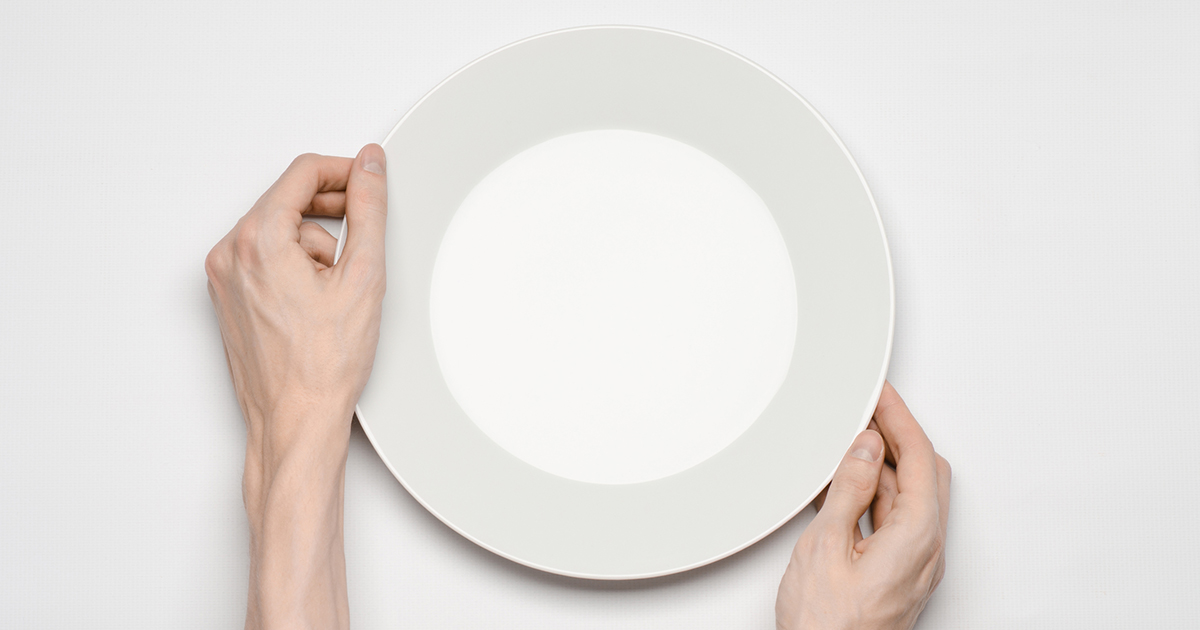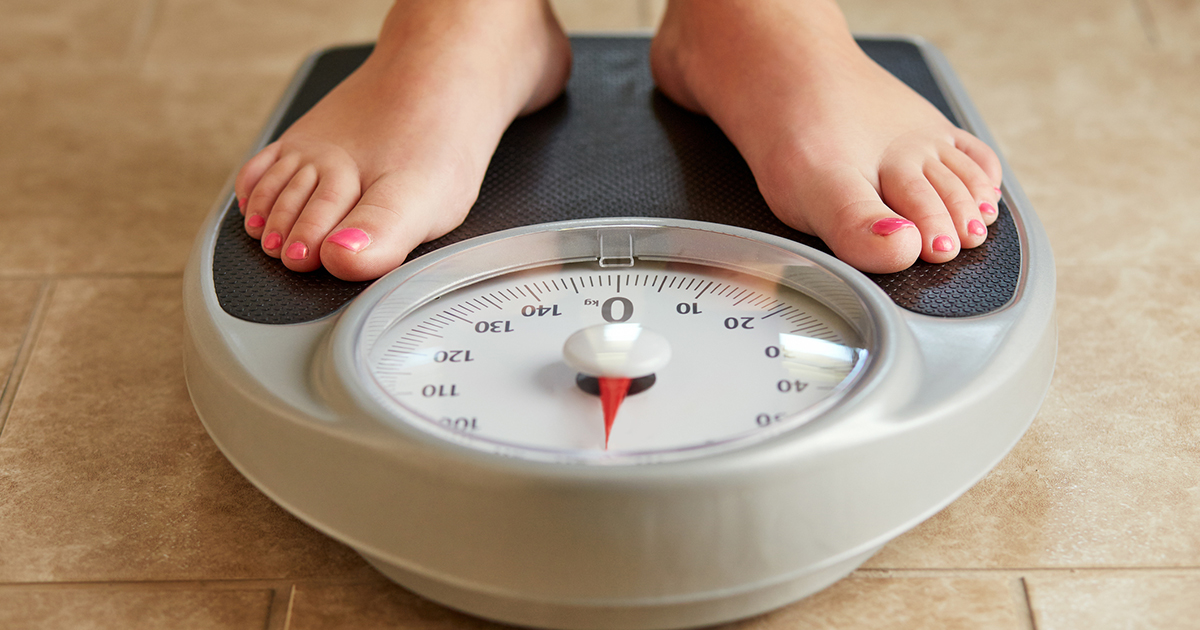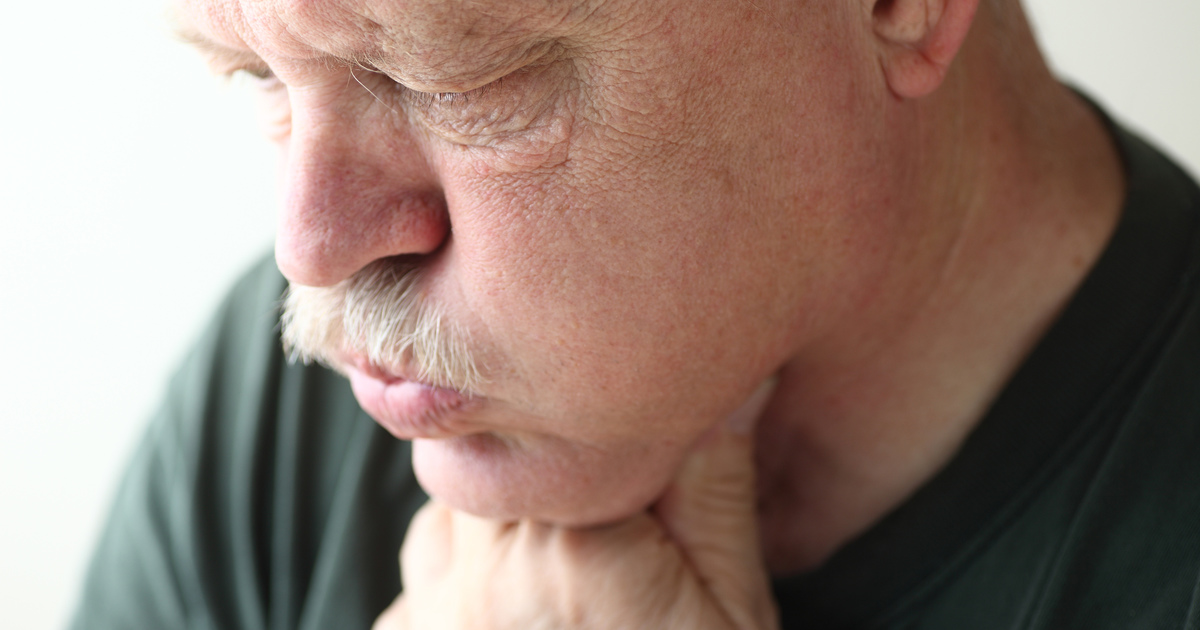Warning Signs Of Esophageal Achalasia
Esophageal achalasia is a rare disorder that affects only about one in every 100,000 individuals. This unusual condition occurs when the nerves and muscles in the lower esophagus are not working properly. Instead of having their esophagus smoothly move food down the throat and store it away in the stomach, individuals with esophageal achalasia have trouble swallowing, and food does not properly stay in their stomach. This is a chronic disease that gradually worsens over time. There is no cure, but certain treatments can help alleviate symptoms and delay the progression of esophageal achalasia.
If you notice any of these issues, you might need to talk to your doctor about the possibility of esophageal achalasia.
Difficulty Swallowing Food

One of the most noticeable signs of esophageal achalasia is difficulty swallowing, also known as dysphagia, which is when a patient has trouble properly swallowing solid and liquid foods, and it takes their body more time and effort to move the food or liquid from their mouth to their stomach. Difficulty swallowing can occur to anyone at any age but is more common in older adults. A patient may also experience pain while swallowing foods or beverages, drooling, being unable to swallow at all, and coughing or gagging when swallowing. Specifically, esophageal dysphagia is the sensation of food becoming stuck or hung up in the base of the throat or in the chest when a person has begun swallowing. When the lower esophageal muscle known as a sphincter does not relax properly and let food enter the stomach, it can bring the food back up into the throat, as the muscles in the wall of the esophagus may be weak as well.
Next, discover how heartburn can be a clear sign of this condition.
Heartburn

Also called acid reflux, this symptom happens when the ring of tight muscles around the bottom of the esophagus does not work properly. When these muscles stay loose after eating, the contents of the stomach can back up into the esophagus. Since the stomach acid is highly acidic to break down food, it feels quite uncomfortable when it is touching portions of the body not designed to handle high acidity. Heartburn is typically represented as a searing pain in the chest, but it can actually feel like several other things. Some individuals who have chronic gastric reflux describe it as feeling like they are uncomfortably full or have pressure on their chest. It is possible to have acid reflux without having esophageal achalasia, but patients should still get it checked out. Repeated acid reflux can damage the teeth and increase the individual's risk of developing esophageal cancer.
Keep reading to reveal another warning sign of esophageal achalasia.
Discomfort Or Pain After Eating

For many patients with esophageal achalasia, even eating a single bite of food can result in discomfort. Unlike the pain caused by acid reflux, this sort of uncomfortable feeling is not sharp or searing. Instead, it is more of a general sensation of feeling like you cannot swallow completely. Some patients find it feels like they have something lodged in their throat, or they may feel as if they are uncomfortably full. Symptoms of discomfort or pain after eating are more common in individuals whose lower esophageal sphincter does not relax instead of those who have a sphincter that relaxes too much. As food becomes backed up in the esophagus, levels of pain may increase. This pain can be so high that esophageal achalasia patients avoid eating altogether.
Continue to learn about the next warning sign of esophageal achalasia.
Unexplained Weight Loss

If you are losing weight despite not dieting, it is almost always a cause for concern. Check to see if you should be losing weight by calculating your total daily energy expenditure and tracking your daily calorie intake. If the amount of calories consumed is equal to or larger than the amount you burn, talk to a doctor about your abnormal weight loss. Individuals who have esophageal achalasia tend to lose weight for a few different reasons. They may just be eating less than they need to because they find it unpleasant and uncomfortable to eat. However, even those who technically eat an adequate amount of food might not get enough nutrition from it because their digestive system is having so many issues.
It's time to learn about the next symptom of esophageal achalasia. Keep reading now.
Regurgitation

Individuals with esophageal achalasia often end up throwing up at random times. It is common to throw up occasionally if you are sick, but if it is happening frequently without any accompanying illness, visit the doctor. Since the esophagus is not properly trapping food in the stomach after eating, whatever you eat can end up rising in the esophagus. This triggers a gag reflex in some individuals, so they end up puking. Those with esophageal achalasia start out by throwing up a little while after they eat. In the later stages, the throwing up may start right after an individual swallows food, and eventually, the regurgitation becomes so bad even liquid may trigger the puking reflex. This symptom is often worse if you lay down or bend over right after eating. Regurgitation can be a very distressing symptom because it is uncomfortable and inconvenient.
Get to know another warning sign of esophageal achalasia by reading more now.
Chest Pain

It can often be hard to distinguish between chest pain and stomach pain. The stomach is situated higher than most individuals realize, so any unrest in the stomach or lower part of the esophagus is actually situated right in the middle of the chest. This can lead to many individuals thinking they are having a heart attack or other serious heart problem when it is actually esophageal achalasia causing problems. The most common issue is acid reflux, but the malfunctioning nerves and muscles in the area may also trigger pain. Another common cause of chest pain is due to aspiration. If the esophagus is not functioning properly, food, liquids, and even saliva may end up going down the airways instead of traveling to the stomach as it should. This leads to a sort of chronic chest pain that constantly triggers coughs. It feels quite unpleasant to have liquid in the lungs, so the chest pain associated with improper swallowing and breathing is particularly sharp.
Keep reading how a persistent cough can be a symptom of esophageal achalasia.
Coughing

Although coughing alone is not a clear indicator that an individual has achalasia, some patients may experience more coughing than usual, especially when lying down horizontally. Food that becomes lodged or stuck in the lower esophagus may cause coughing as the body is trying to expel the food and remove it either through regurgitation or swallowing, as it may be blocking part of the patient’s airway. An individual may also cough or gag when they are trying to swallow foods or beverages due to the nerves and muscles in the esophagus not working properly. If a patient experiences a chronic cough and no treatments are able to help them overcome it and a doctor has ruled out GERD, a persistent cough, especially whenever a patient is eating, should be considered another sign of esophageal achalasia.
Continue reading to learn about a serious risk associated with this disorder.
Pulmonary Aspiration

Pulmonary aspiration is another sign that the patient could have esophageal achalasia, and is when foods, drinks, or other materials from the gastrointestinal tract enter the larynx or voice box and lower respiratory tract. Pulmonary aspiration that occurs when a person is eating or drinking is often called “going down the wrong pipe.” Pulmonary aspiration is generally a risk or complication of esophageal achalasia, as the decrease in the functioning of the upper and lower esophageal sphincter creates issues with the esophagus passing food easily to the stomach, but rather can causes substances to become lodged in the lungs and obstruct a person’s airways. The body naturally tries to prevent this condition from happening with certain reflexes, such as swallowing and coughing, and if an individual has difficulty with both, such as with esophageal achalasia, the risk of them developing pulmonary aspiration increases.
Reveal how this condition is diagnosed now.
Diagnosing The Condition

A diagnosis of esophageal achalasia is typically suspected on the basis of the patient’s medical history, especially if they describe a worsening of their symptoms, specifically swallowing difficulties of solid and liquid food over a period of many months or years. Patients may also experience regurgitation, chest pain, weight loss, and heartburn, leading a doctor to suspect esophageal achalasia as the culprit. There are three main ways for an individual to be diagnosed with this condition: an esophageal manometry, an X-ray of the upper digestive system, and an upper endoscopy.
An esophageal manometry is a test that measures the rhythmic muscle contractions of the esophagus when the patient swallows, as well as the coordination and force of these muscles, and how the lower esophageal sphincter relaxes and opens during swallowing. An X-ray is taken after the individual drinks a chalky liquid, which allows a physician to see the silhouette of the esophagus, stomach, and upper intestine. The liquid or a barium pill can also show if there is a blockage of the esophagus through an X-ray too. An upper endoscopy is a camera that goes down the patient’s throat that examines the esophagus and stomach and tosee if there is a blockage anywhere.
Uncover some of the different foods a patient can eat when experiencing esophageal achalasia.
Suggested Foods To Eat

Unfortunately, there is no specific diet that can treat this condition. However, some individuals living with this disorder learn what foods can pass through their esophagus more easily than others, and are able to make the necessary dietary changes that will help ease their symptoms. Some dietary suggestions are to drink liquid-based foods, such as drinkable yogurt, consistently drinking more water with every meal, and drinking carbonated beverages, such as carbonated water or juice. The carbonation of these fizzy drinks appears to help push the foods that getlodged through the esophageal sphincter and down to the stomach.
